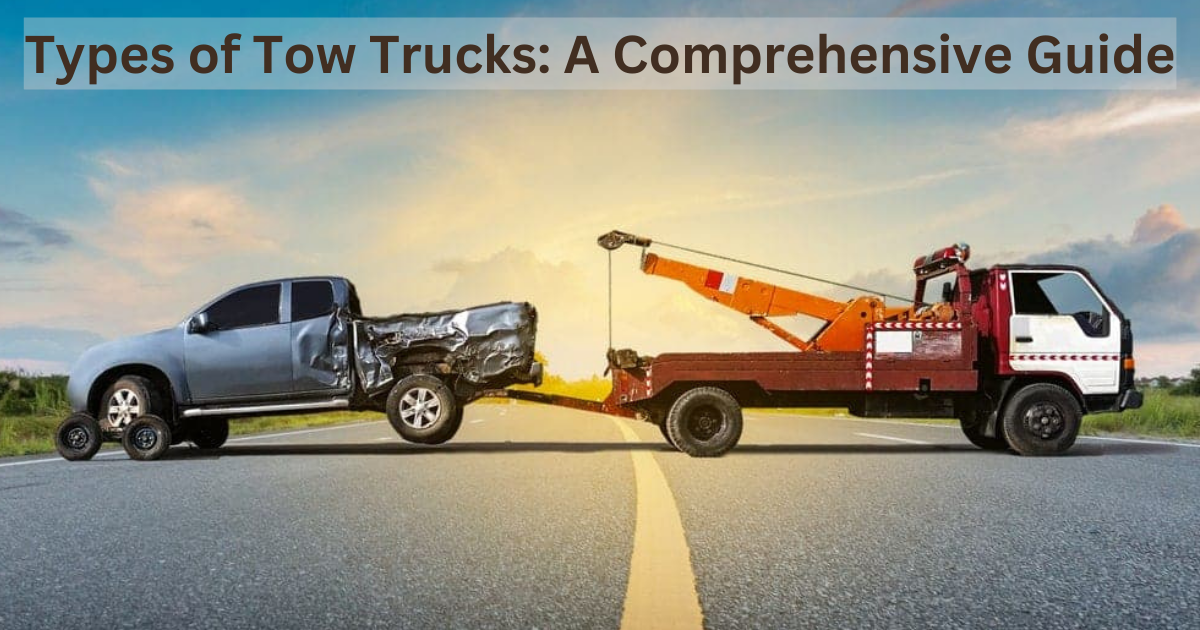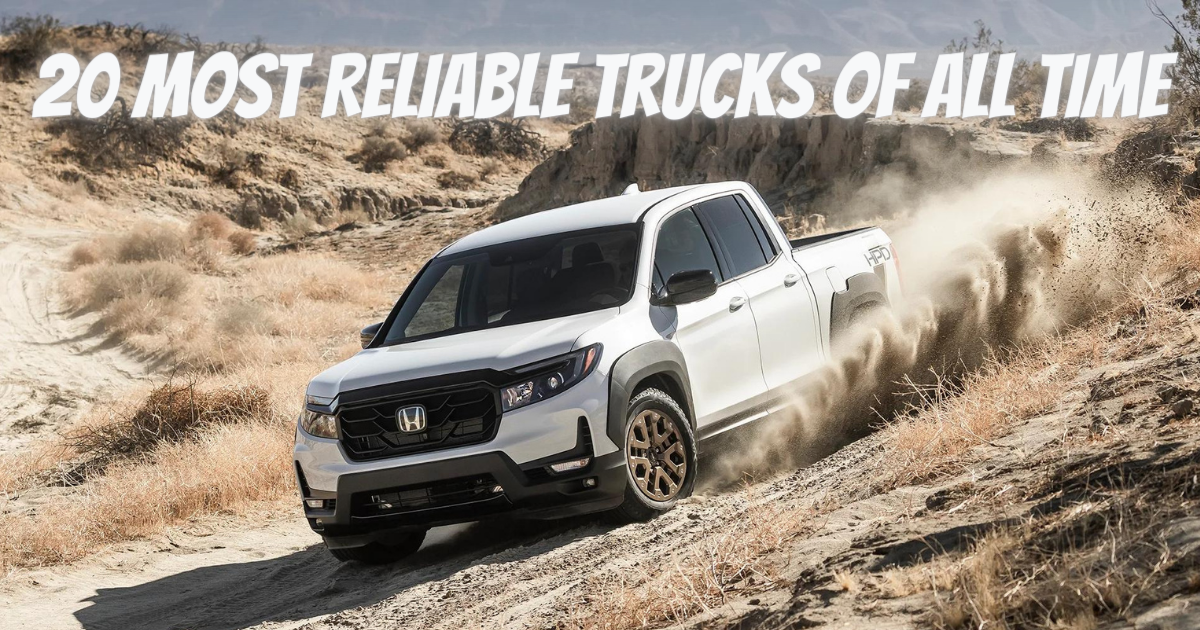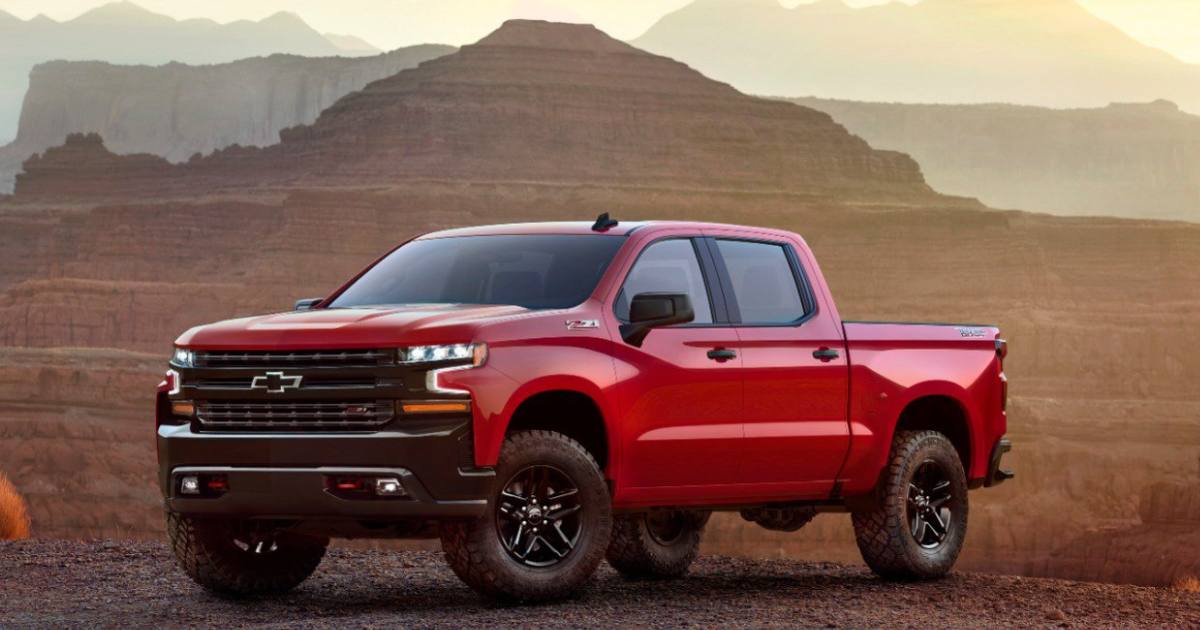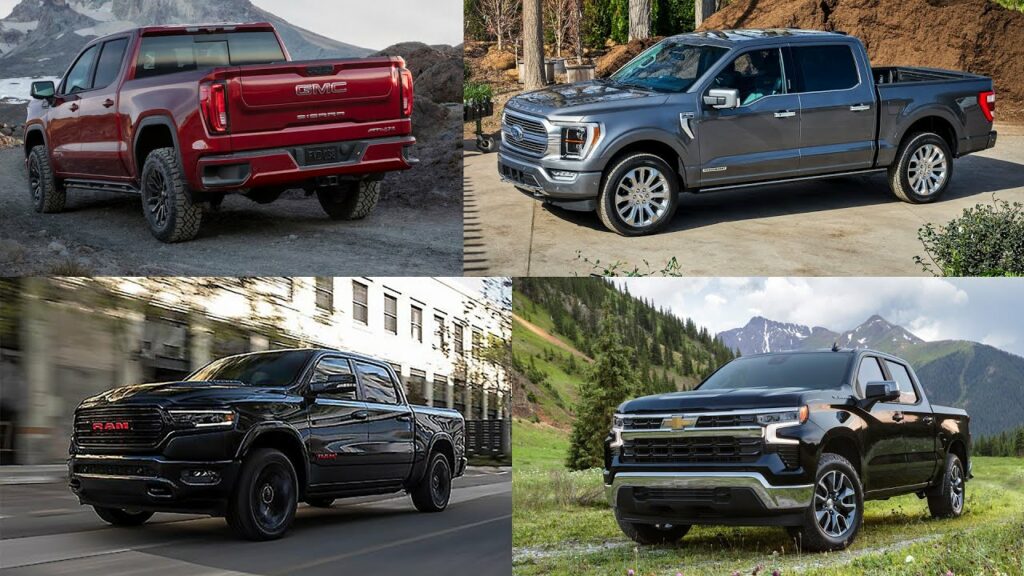
A truck, often known as a lorry, is a commercial vehicle specifically built to transport goods. Trucks are among the most durable automobiles since they were built to haul the most enormous weights ever made or thought of. You’ll need a truck to get there no matter what you’re hauling—livestock, watercraft, machinery, or equipment.
Because this is the most effective method of transferring data, Amazon has specially equipped trucks to transport heavy hard drives throughout the company’s offices. Trucks come in various sizes, power outputs, and configurations, but they always share a body-on-frame design that separates the cabin from the cargo area.
Electric trucks are rapidly gaining market share, and it is expected that by 2027, they will make up 7 percent of all trucks on the road. A heavy-duty truck can carry more than 3.5 metric tons. Moreover, a wide variety of vehicles are designed for a particular task. Let’s take a closer look at these trucks so you can understand more about them.
Trucks and trailers come in various configurations, each with its purposes and benefits. Suction excavators, fire trucks, concrete mixers, and garbage trucks are all examples of vehicles built to accommodate the installation of specialized equipment. Diesel engines predominantly power trucks in the United States, Canada, and Mexico; however, several smaller and medium-sized trucks use gasoline engines.
The following is a list compiled by expert heavy-duty dealers to help you familiarize yourself with the numerous combinations of trucks and trailers that are currently on the market.
1. Pickup Truck
Pickup trucks are the main truck for families. Nonetheless, they’ve achieved massive fame. The Ford F-Series is America’s best-selling pickup truck line, followed by the Chevrolet Silverado and the Dodge Ram.

Pickup trucks are only available in light and medium-duty configurations. They provide guests with a climate-controlled cabin. And they have an additional bed space behind the cab where you haul and transport cargo.
Henry Ford’s 1925 Model T Runabout was the forerunner to today’s pickup trucks. For example, half-ton, three-quarter-ton, and one-ton vehicles are categorized according to their approximated historical payload capacity. Even though payload capacities have increased, they’re still in use today.
2. Heavy-Duty Truck
Semi-trucks, also known as “semis,” “semitrailers,” “tractor-trailers,” “big rigs,” “eighteen-wheelers,” and “semi-tractor-trailers,” are classified as Heavy-Duty Trucks. Trucks can be found in many sizes, but they all share a common purpose: to haul or pull significant loads.
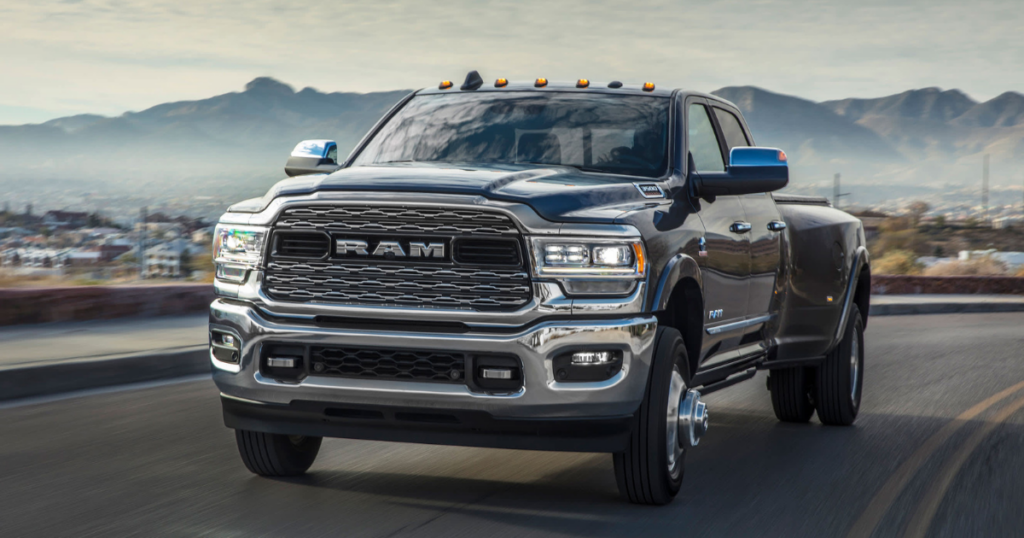
Heavy-duty trucks are class seven or higher and weigh more than 26,000 pounds. A city bus (class 7) and a garbage truck (class 8) weigh more than 33,000 pounds.
3. Garbage Truck
A garbage truck, also known as a refuse truck, collects the trash and takes it to a dump or other waste processing facility. The trash from businesses is collected by front-loading garbage trucks. These have front-mounted motorized forks to lift and transport big dumpsters with lids.
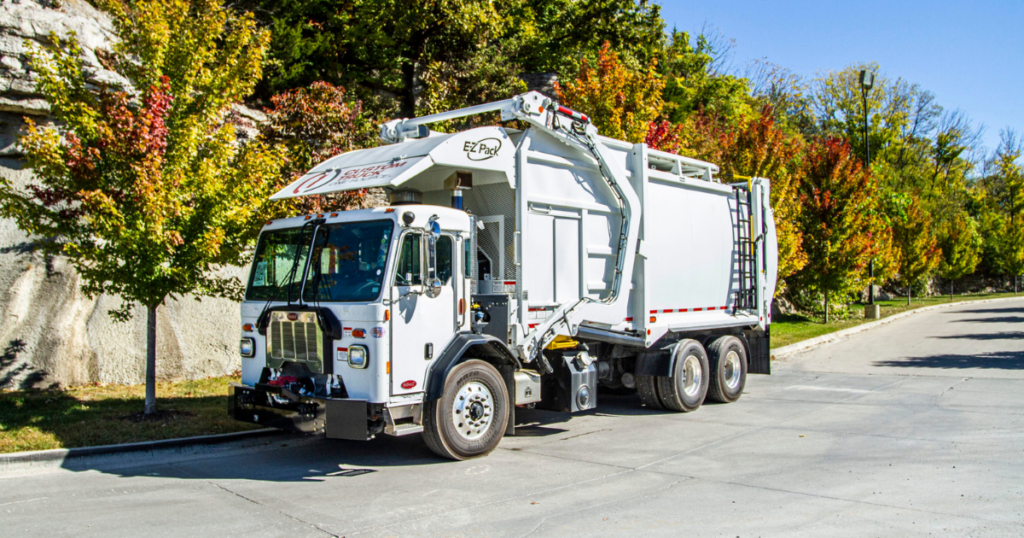
Trash cans are tossed into rear-loading vehicles after being opened at the back. Trash cans can also be loaded into a compactor using a rear loader. The trash is subsequently compacted inside the truck’s bed against a revolving wall. Depending on the model, these vehicles have an empty weight of between 15,000 and 30,000 pounds and can carry loads of up to 50,000 pounds.
4. Dump Truck
It’s the kind of truck you might avoid on the highway. Loose garbage, dirt, gravel, or coal can all be hauled by a dump truck. There is usually no lid. Therefore, some trash may spill out during transport. The bed opens at the job site, and the front hydraulic lifts discharge rubbish.

5. Flatbed Truck
The standard flatbed truck is a medium-duty truck. It has no sides or roof to enclose the bed and instead has a flat body behind the cab. Trucks like these are perfect for hauling large or odd-shaped objects that might require multiple trips. Since no sides or roofs exist, they can be loaded more quickly and efficiently than a pickup.
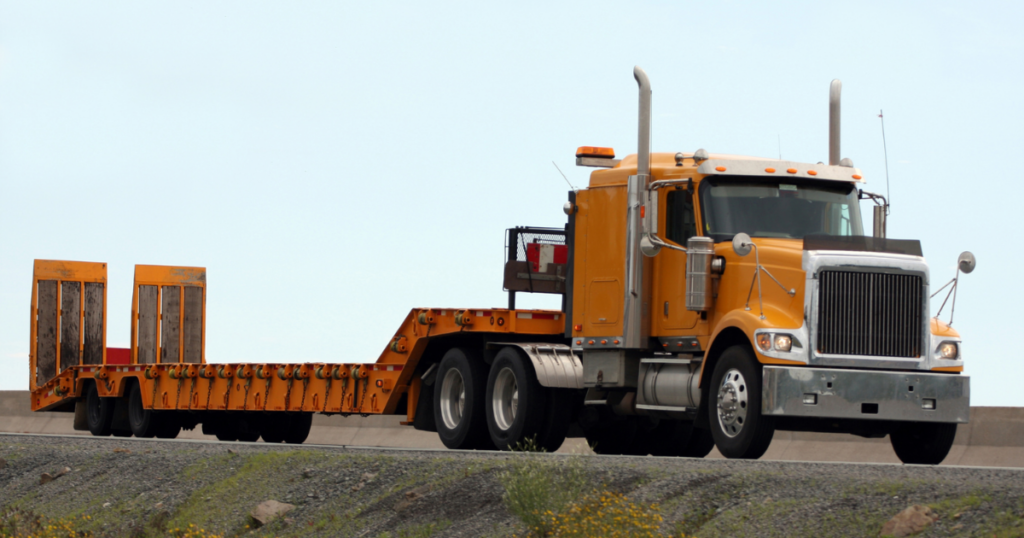
These highly adaptable vehicles make them perfect for mounting specialized flatbed truck toolboxes and other equipment. For heavy towing, a gooseneck ball hitch is commonly used.
6. Crane Trucks
This vehicle can raise and lower big loads and transport them. The engine powers the hydraulic system and operates the crane. It is possible to load up a crane truck with cargo, lift it in one place, and transport it to another site. Crane trucks are used in many industries, including the construction and transportation industries, to provide easier and safer working conditions.

The efficacy of these cranes can be affected by design factors; however, depending on the type and configuration of the crane, they can be turned into demolition cranes by adding demolition balls or into earthmovers by adding buckets or draglines.
Over the years since their inception in 1922, crane trucks have evolved to rely mainly on an internal combustion engine as the primary power source.
7. Boat Haulage Truck Type
Boats come in a variety of sizes, from small to large. Boat carriers are needed to transport smaller boats that can be driven with an SUV or large automobile and the heavier and more prestigious ones that can only be moved by small trucks or low loaders.

With its flat bottom, this boat is not built for speed but rather stability, making it ideal for transporting heavy goods.
8. Car Transporters Truck
There are two distinct varieties of car carriers, enclosed and open. The enclosed and open varieties include one or more levels specifically designed to hold automobiles while they are in transportation. An open or closed ramp can be constructed into the building to facilitate vehicle loading and unloading.
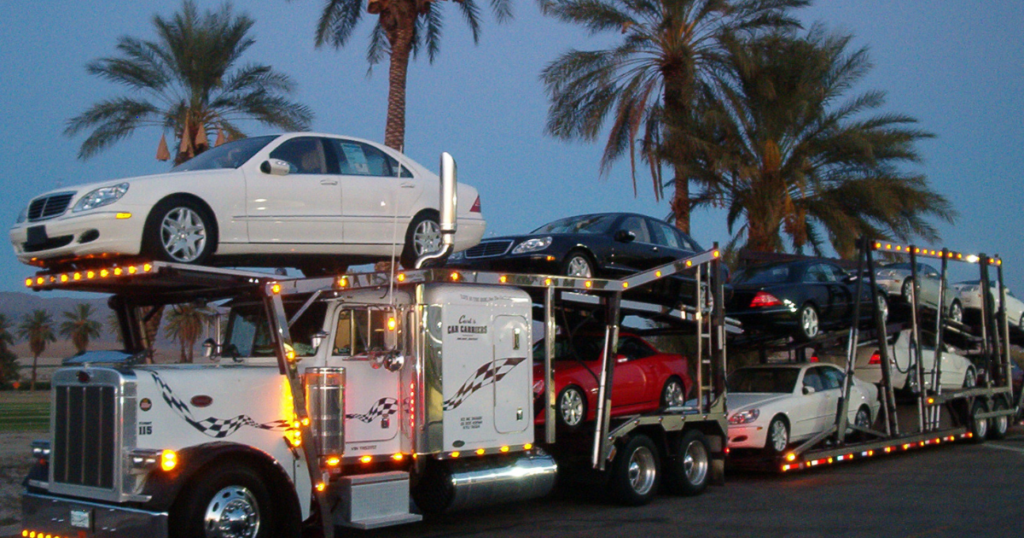
Whether the vehicle being transported is new or used, its paintwork will remain untouched during transportation because of the superior safety features of the car transporters. It can speedily deliver the car to the customer. The cost of this type of transportation is low compared to other available options.
9. Refrigerator or Chiller Truck
As the name implies, a refrigerated trailer is built to transport items that must be kept cold or frozen during transit. These vehicles have a climate control system installed, so the inside of the trailer can be kept at a constant temperature no matter how hot or cold it is outside.
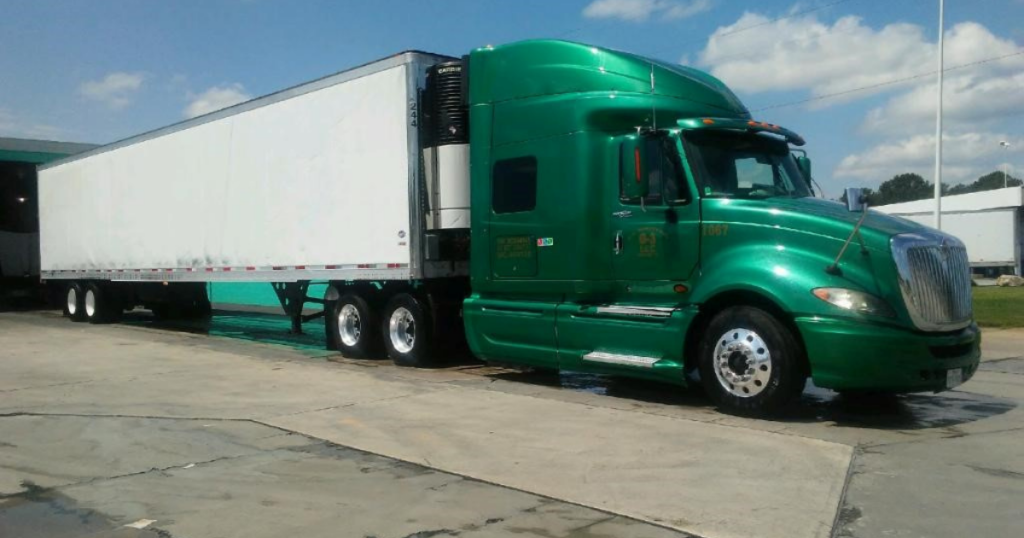
Refrigerated trucks and trailers are used in the logistics industry to deliver perishable goods such as food and supplies while maintaining their quality and freshness. The ice is used in reefer trucks for mechanical cooling and refrigeration. Displacement diesel engines provide the energy for the refrigeration system, running a compressor to provide either mechanical or thermal cooling.
Temperature-controlled trailers are more costly, even though they consume significantly more fuel than regular trailers to maintain the desired temperature.
10. Fire Truck
An engine-driven fire truck is used to carry special equipment for putting out a fire in its entirety within minutes of its occurrence. Hoses, sirens, and ample storage space for the crew to reside in are standard features of this truck.
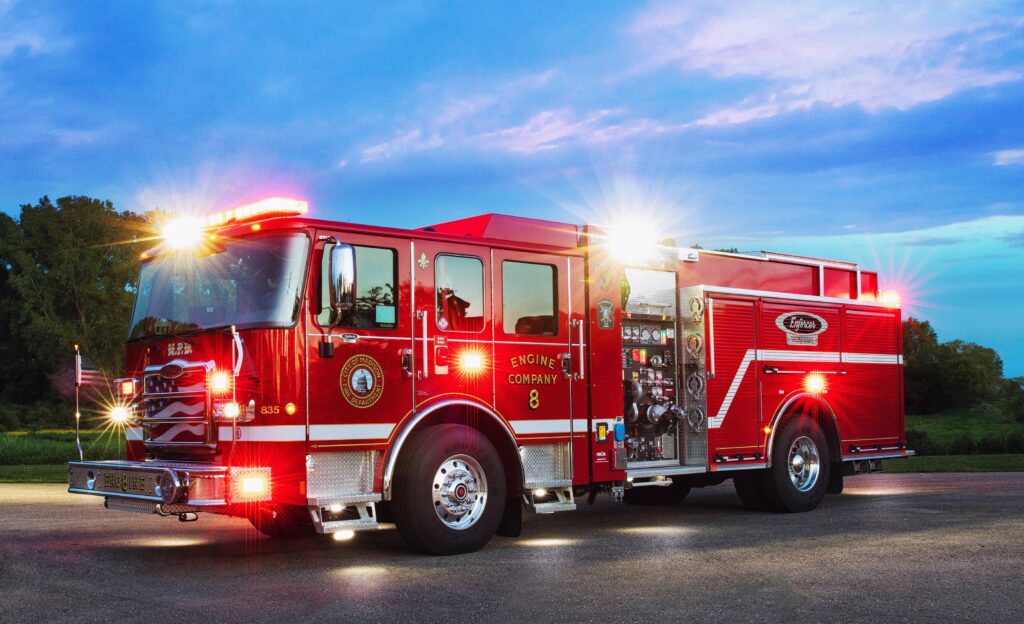
There’s a robotic climbing ladder and respiratory aids like masks and oxygen canisters on board. Firefighters are also equipped with first aid kits, walkie-talkies, or two-way radios to facilitate communication with authorities and speedy response times.
The fire truck can fight the fire in two ways: using the water and pumps already on board or bringing in water and pumps as needed, with the hose connected to a fire hydrant at the scene.
FAQs
What Is the Number One Truck Brand?
Unsurprisingly, the first truck brand is still the best-selling brand in the industry today. For more than 45 years, Ford has dominated the truck market. There is much discussion over who offers the superior pickup, but the numbers can’t lie.
Although many truck manufacturers exist, Ford, Chevrolet, Ram, GMC, Toyota, and Nissan are among the most widely recognized. New truck manufacturers like Rivian and Canoo use electric vehicle technology to compete with established names like Ford and General Motors.
What Is the Most Popular Truck of All Time?
For 45 years, the Ford F-150 has topped the truck sales charts. More than that, it has dominated the auto market for four decades. The term “truck” refers to a wide range of vehicles, although when most people hear the word, they picture a pickup.
This is a light-duty truck labeled as a “half-ton.” Although it may be the most well-known, that doesn’t guarantee it’s the finest choice for the task at hand. Trucks come in a wide variety of configurations, each one optimized for a certain task.
What Type of Truck Works Best For You?
Unless you’re a professional driver, you probably qualify for either the light-duty or medium-duty truck classifications. To ensure your truck is up to the task of recreationally pulling large equipment, check its towing capacity.
There are several considerations when choosing a vehicle, making it difficult to say which is the best. The best truck for pulling a truck camper won’t be the best truck for pulling a fifth-wheel RV. Similarly, a pickup designed for overlanding will have very different specifications than a standard truck.
Conclusion
Different types of trucks have slightly different configurations in terms of transmission gear ratios, cooling systems, engine displacement, power output, and so on. Trucks are purpose-built for various situations, including highway driving, off-roading, hauling rugged cargo, traveling in mountainous terrain, and enduring various weather conditions.

